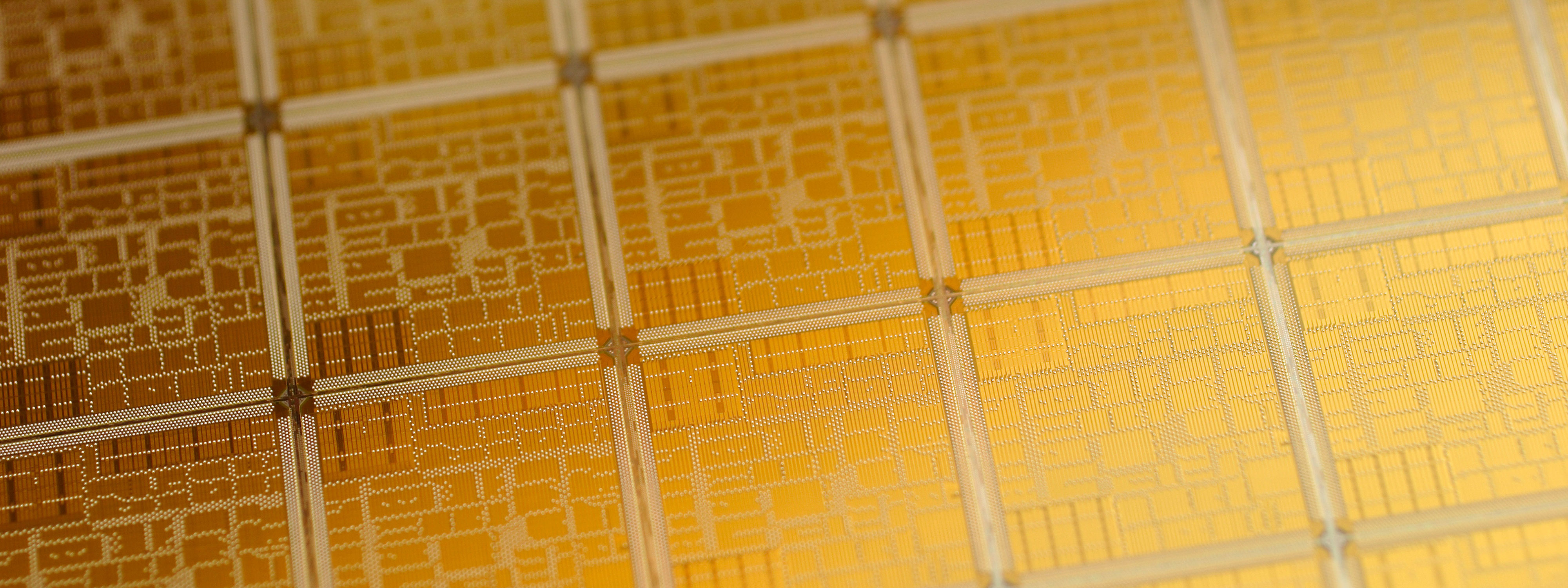
Background
In the last 25 to 30 years, dispute boards have been commonly used as a form of alternative dispute resolution ("ADR") on international construction projects. While originally developed in North America, the international use of dispute boards took off in the 1990s, through their adoption by the World Bank and FIDIC. Despite the lack of absolute records, sources indicate a trend towards the increased use of Dispute Boards internationally, with various examples of high-profile, large-scale projects, including the Hong Kong Airport. As such, parties involved in Belt and Road Initiative ("BRI") projects could consider the advantages of dispute boards.
Key Features of Dispute Boards
Parties involved in the industry know that construction and engineering projects involve inherent risk, which can give rise to claims and disputes. The 2018 International Arbitration Survey revealed an increase in the use of ADR in combination with international arbitration – usually in the context of multi-tiered dispute resolution clauses – for the resolution of cross-border commercial disputes. The success of statutory adjudication for construction contracts in different jurisdictions has demonstrated the need for an efficient and cost-effective way of resolving issues during a live project. Typically, in a multi-tiered dispute resolution clause, reference to a dispute board is a condition precedent to a final form of dispute resolution such as arbitration. The purpose of such clauses is to try to reduce or narrow the number of disputes that ultimately needs to be referred to arbitration or litigation and to help resolve disputes as and when they arise on a project.
Dispute boards are creatures of contract and the parties can thus shape them in any way that best suits their project. For instance, they may decide whether the board will be appointed once a dispute arises ('ad hoc') or whether it will be appointed from the outset of the project and remain in place for its duration ('standing'). Moreover, and depending on how the board has been established, the parties may also be able to seek non-binding recommendations from the board. Common to all boards is the speed with which they are required to act. For instance, under the FIDIC forms, a dispute should be resolved within 84 days. Such periods may be extended by agreement, but dispute boards remain an attractive proposition when compared to the time required for international arbitration or litigation.
Dispute board decisions are binding on the parties on an interim basis, irrespective of a party's dissatisfaction with the outcome. This does not prevent the parties from having the dispute reheard in a more comprehensive format such as arbitration, subsequently, but in order for dispute boards to be an effective method of interim decision-making, parties should not have to wait for this either. The route to enforcement has been a matter of considerable debate internationally but it is now widely accepted that a party seeking enforcement will need to apply to an arbitral tribunal (or to a national court depending on the contract provisions) for an award enforcing the boards' decision. Once in receipt of an arbitral award (or court judgment), it is possible to take enforcement steps in the courts of a jurisdiction with assets, as you would with any other arbitral award.
Comment
The increased interest in dispute avoidance tools in the global construction industry is reflected in the adoption by the 2017 FIDIC forms of contract of a standing board to be appointed at the outset of the project. Moreover, the latest editions of the NEC forms of contract ('NEC4') also contain an option for dispute boards, acknowledging their popularity in an international context.
Overall, the use of dispute boards looks set to continue to expand and could be a valuable dispute resolution tool for parties involved in BRI projects.
This newsflash is based on an article previously written by the author and published in Construction Law magazine.
This publication is provided for your convenience and does not constitute legal advice.
